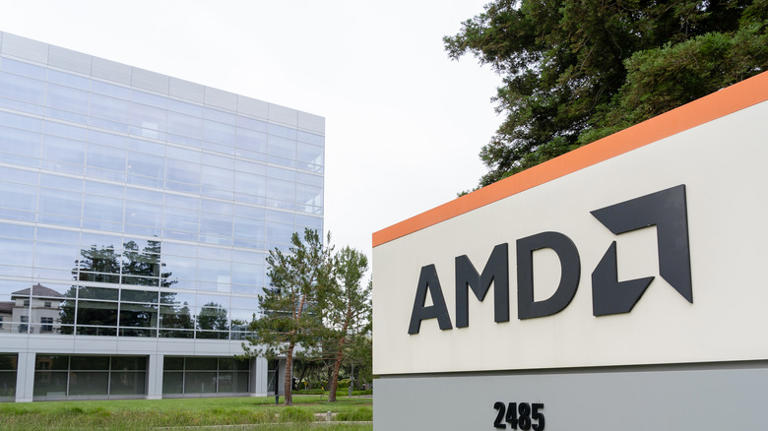Advanced Micro Devices (AMD) is a prominent name in the realm of graphics cards, alongside other well-known brands like Asus, NVIDIA, and MSI. However, gamers also recognize AMD for its central processing units (CPU), offering an alternative to its long-standing rival, Intel. While AMD is headquartered in Santa Clara, California, it doesn’t actually manufacture its chips there. Like many computer component suppliers, AMD outsources its manufacturing to facilities overseas. Taiwan Semiconductor Manufacturing Co. (TSMC) produces all of AMD’s most advanced chips in Taiwan, solidifying its position as one of the world’s top ten most valuable companies. TSMC’s expertise extends beyond consumer electronics; it manufactures components for high-profile projects such as the advanced F-35 fighter jet and NASA’s Perseverance Rover mission to Mars.
AMD isn’t the sole beneficiary of TSMC’s manufacturing prowess. Every iPhone contains chips produced by TSMC, showcasing the company’s widespread influence in the tech industry. If major brands don’t utilize TSMC’s services, they likely rely on another manufacturing firm in Asia. In 2020, a staggering 79% of chip production worldwide occurred in Asia, underscoring the region’s dominance in this crucial sector.
AMD Is Looking To Make A Change
AMD is heeding the wisdom of not putting all its eggs in one basket, particularly in light of geopolitical tensions. In July 2023, CEO Lisa Su emphasized the importance of diversifying manufacturing sites across different regions to enhance flexibility and mitigate supply disruptions. Given the escalating tensions between China and the U.S. over Taiwan, this strategic decision appears prudent.
However, Su acknowledged the challenge of reducing reliance on TSMC, which dominates a significant portion of the chip production market, with Taiwan accounting for 48% of the foundry market in 2022. Despite this, AMD remains committed to using TSMC for its top-of-the-line processors.
To address supply chain concerns, TSMC is expanding its operations into the U.S., and AMD plans to utilize some of the capacity at the Arizona facility. This move offers reassurance, although production at the new facility won’t commence until 2025. While Su didn’t specify potential alternative manufacturers, companies like Samsung in South Korea, Taiwan’s United Microelectronics Corp., and GlobalFoundries in the U.S. are among the possibilities.
